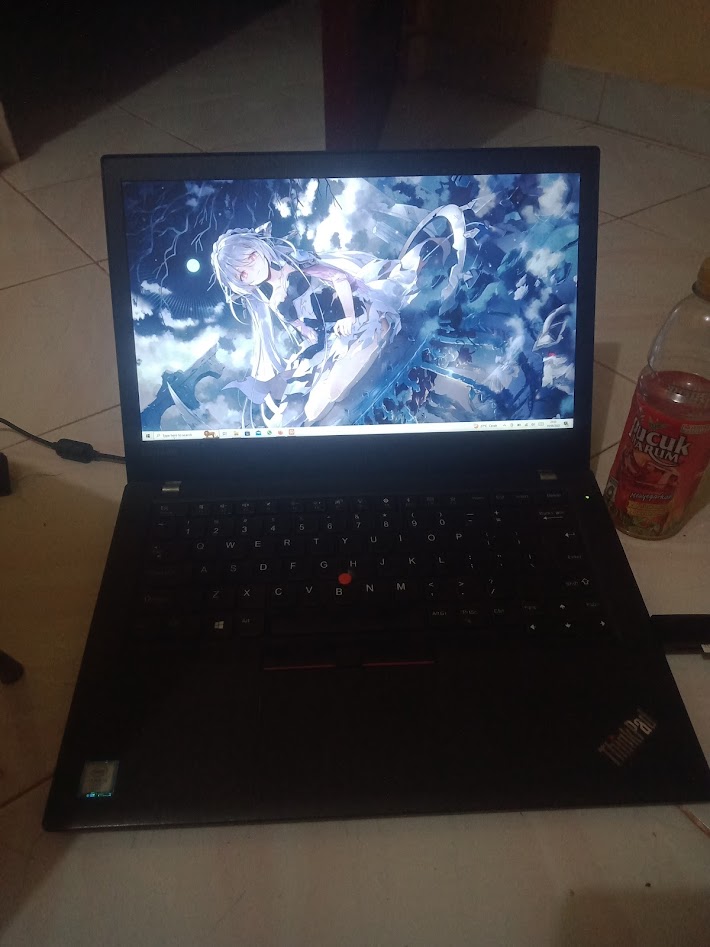Comparing: Intel UHD Graphics 750 vs Intel HD Graphics 520 (Mobile)
In this comparison, we analyze two Videocards: Intel UHD Graphics 750 and Intel HD Graphics 520 (Mobile), using synthetic benchmark tests to evaluate their overall performance. This side-by-side comparison helps users understand which hardware delivers better value, speed, and efficiency based on standardized testing. Whether you're building a new system or upgrading an existing one, this benchmark-driven evaluation offers valuable insights to guide your decision.

Intel UHD Graphics 750
| Type: | Videocards |
|---|---|
| Brand: | Intel |
| Model: | UHD Graphics 750 |

Intel HD Graphics 520 (Mobile)
| Type: | Videocards |
|---|---|
| Brand: | Intel |
| Model: | HD Graphics 520 (Mobile) |
Specification Comparison Table
This specification comparison presents technical details of several devices or components to help you understand the key differences between each option. Use this table as a reference to determine which device best suits your needs.
| Specification | Intel UHD Graphics 750 | Intel HD Graphics 520 (Mobile) |
|---|---|---|
| Architecture | Rocket Lake | Skylake |
| Codename | Rocket Lake GT1 | Skylake GT2 |
| Buswidth | SHARED | 64 bit |
| Clock | 350 MHz - 1300 MHz | 300 MHz - 1000 MHz |
| Memory Clock | SHARED | SHARED |
| Technology | 14 nm | 14 nm |
| Interface | IGP | IGP |
| Technology | 14 nm | 14 nm |
| Segment | Desktop | Laptop |
Submission Comparison Table
This submission comparison table displays the number and details of benchmark data submissions from various devices or components. This information helps you understand the performance based on the benchmarks that have been tested, as well as providing an overview of the consistency and popularity of the available benchmark results.
Submission Comparison Chart
This chart visualizes the benchmark scores comparison between two hardware devices based on submitted data.
Media Gallery
A collection of photos of tested hardware. These images can help you identify the physical form, model, and variant of the hardware in question. These photos are from our own documentation, and if they are not available we may not be able to document them.
About Hardware Intel UHD Graphics 750
Intel UHD Graphics 750 is an integrated GPU used in the 11th generation Intel Core processors (Rocket Lake), including models such as the Core i5-11400 and Core i7-11700. It has 32 Execution Units (EUs) and runs at frequencies up to 1.3 GHz, offering competitive graphics performance in the iGPU (integrated GPU) class. Designed to handle daily graphics tasks, the UHD Graphics 750 is a significant upgrade from its predecessor, the UHD 630, especially in terms of media efficiency and modern codec support.
With support for DirectX 12, OpenGL 4.6, and Vulkan 1.2, the Intel UHD 750 can run multimedia applications, 2D graphics, and light games in a stable manner. Hardware acceleration features for HEVC (H.265), VP9, and AV1 codecs are also present, enabling high-resolution video playback (up to 4K) with lower power consumption. In addition, HDR support makes this GPU suitable for entertainment needs such as video streaming, light video editing, and high-quality visual displays on modern monitors.
This GPU is integrated in systems like the Dell OptiPlex 5090 that use an Intel Core i7-11700 processor, 32GB of RAM, and Windows 10 operating system. In this configuration, the UHD Graphics 750 is able to handle most everyday visual computing needs without the need for a discrete GPU. The graphics performance is sufficient enough to open multiple browser tabs with multimedia content, run productivity applications such as Microsoft Office, Zoom, and even some light e-sport games.
Hardware Detail:
Device: Dell OptiPlex 5090
CPU: i7-11700
RAM: 32GB
OS: Windows 10
Tuesday, 13 June 2023 12:07:50 | Update: 1 month ago
About Hardware Intel HD Graphics 520 (Mobile)
Intel HD Graphics 520 is an integrated GPU used in 6th generation Intel Core processors (Skylake), such as the Intel Core i5-6300U found in many business laptops and ultrabooks. It has 24 Execution Units (EUs) with speeds up to 1.0 GHz, offering sufficient graphics performance for light to medium computing needs in the portable device class.
As part of the Skylake architecture, the HD Graphics 520 supports DirectX 12, OpenGL 4.5, and Vulkan 1.0, which makes it flexible enough to run a wide range of modern applications. The GPU is also equipped with hardware acceleration for H.265/HEVC video decoding, making it suitable for high-resolution video playback, including 4K content. The power efficiency of this architecture makes it ideal for use in high-mobility laptops like the Lenovo ThinkPad T470, which rely on long-lasting battery performance.
Compared to previous generations such as the Intel HD Graphics 5000 (Haswell), the HD Graphics 520 comes with improved graphics performance and better power efficiency. Although still in the entry-level GPU class, the HD 520 is capable of running light games such as League of Legends, Dota 2, and Minecraft at 720p to 1080p resolution with low to medium graphics settings. For activities such as light graphic design, multitasking, and daily office use, this GPU provides a smooth and responsive experience.
In a device like the Lenovo ThinkPad T470, the HD Graphics 520 is paired with 8GB of single-channel DDR4 RAM, which while it could still be optimized with dual-channel, is enough to support productive user activities. The Windows 10 operating system also works very well with this generation of Intel graphics drivers, which continue to receive compatibility and performance updates from Intel.
Overall, the Intel HD Graphics 520 offers integrated graphics performance that strikes a balance between power efficiency and multimedia capabilities. It is suitable for office workers, students, and business laptop users who need stability and modern technology support without the need for a discrete GPU.
Hardware Detail:
Device: Lenovo ThinkPad T470
CPU: Core i5-6300U
RAM: 8GB DDR4 Single Channel
OS: Windows 10
Thursday, 10 August 2023 10:15:16 | Update: 1 month ago


